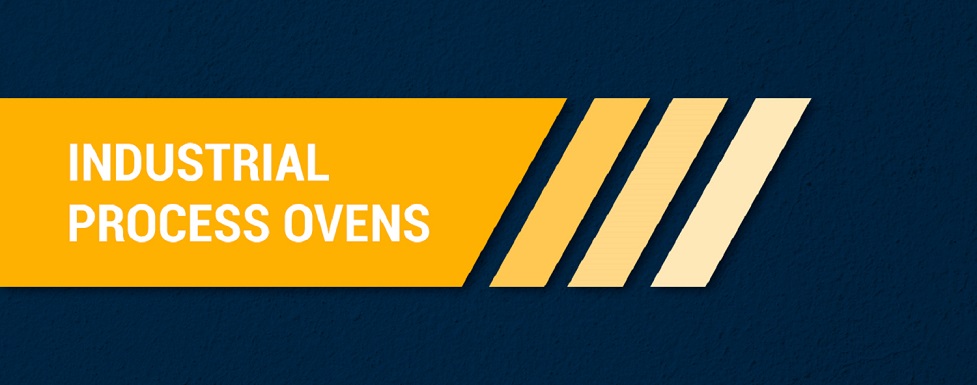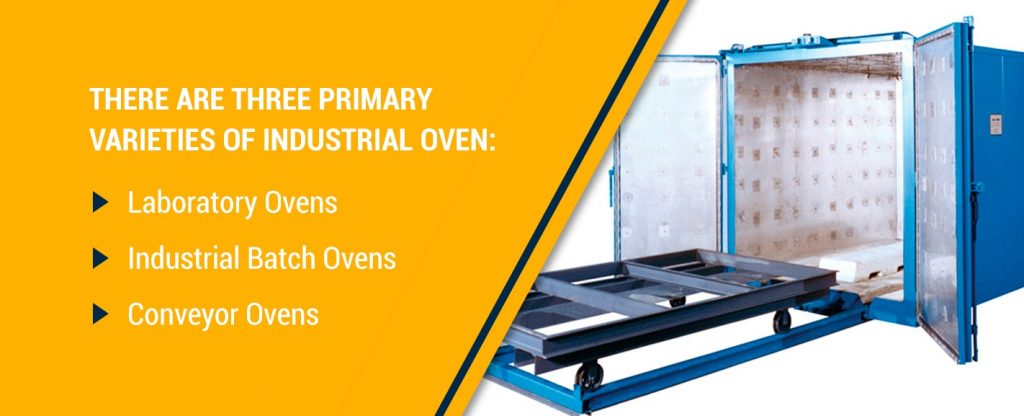
Understanding Industrial Process Ovens
Last Updated: December 22, 2023No matter the final product, manufacturing involves numerous steps meticulously arranged to produce goods of consistent quality. Whether it's a small-scale or large-scale operation, most manufacturing processes rely on applying heat at one or more stages. This makes having the right thermal processing equipment—also known as industrial process ovens—essential. Choosing the appropriate industrial ovens for your requirements involves thorough research and careful evaluation. Knowing what to look for ensures you buy the right equipment. Investing in a high-quality oven tailored to your needs can significantly enhance your manufacturing processes. This guide will help you grasp what industrial process ovens are, the different types available, and how they function.
Get in Touch
What Exactly Are Industrial Ovens?
Industrial ovens are enclosed spaces designed to heat objects to extremely high temperatures, much like kilns. Depending on the type of oven selected, they can accommodate both small and large quantities of products and various treatments. They excel in curing raw materials, removing moisture from products or components, aging, and more. Specific applications often linked to industrial ovens include electronics production, food processing, and chemical treatments. The two key aspects of industrial ovens are the heat source and airflow patterns. These ovens can derive their heat from electric, gas, steam, water, oil, or other sources. Additionally, there are six common airflow configurations, which are crucial when configuring the product loading. These include horizontal/vertical, vertical/horizontal, vertical/top-down, vertical/bottom-up, full horizontal, and full horizontal/vertical. These elements determine how industrial ovens operate. To align your oven with your manufacturing operations, consider several factors. For instance, the degree of temperature control is critical—if precise heat levels are necessary, ovens with superior control accuracy might be the best option. You may also want to choose your oven type based on how it handles materials, safety regulations, initial costs versus ROI, and any other factors affecting your workflow.
Are There Various Types Available?
Given the diverse nature of manufacturing and the products requiring heat treatment, there are multiple types of industrial ovens. An industrial oven must match your workflow to yield optimal results. Purchasing a model that doesn't fit your needs or can't handle your product load could result in subpar outcomes or even more serious problems. There are three main types of industrial ovens:
1. Laboratory Ovens
Laboratory ovens are ideal for specific chemistry and scientific applications, such as heating test samples or producing small-scale products in limited quantities. These ovens differ from others due to features like stainless steel interiors, chemical-resistant coatings on external components, positive-latch doors, solid-state controllers and contactors, and pressure-release panels. Some manufacturers also offer extended warranties for these models. In terms of temperature range, laboratory ovens generally span from ambient temperature (the environment's temperature) up to approximately 650 degrees Fahrenheit. Their sizes vary significantly; the smallest can measure just two cubic feet, while the largest can reach 32 cubic feet.

2. Industrial Batch Ovens
For non-laboratory settings, industrial batch ovens provide more space and higher temperatures. These models allow you to process larger volumes of material or products in single batches. They come in two main types: shelf (or cabinet) ovens and truck (or walk-in) ovens. Sizes start as small as three cubic feet. Batch ovens also feature unique attributes, such as adjustable ductwork, an aluminized steel interior, enamel-painted exterior components, a UL-listed control panel, and a digital set-point controller. They can achieve operating temperatures ranging from ambient to around 1,250 degrees Fahrenheit.
3. Conveyor Ovens
Although conveyor ovens usually offer less flexibility than batch models, they are well-suited for specific applications due to their design compatibility with defined production rates or materials. They can reach the same high temperatures, up to 1,250 degrees Fahrenheit. Unlike batch ovens, conveyor models operate with various heat zones, either continuously or on an indexing basis. In general, conveyor models are best suited for automated production lines where small or medium-sized products are treated in large volumes. Depending on the products, production volume, and ideal working temperature, you'll have a different type of conveyance system.
How Do Industrial Ovens Operate?
When selecting the right oven for your needs, it's crucial to consider its size, the temperatures it can reach, the fuel source it uses to heat up, and any other basic details. However, you should also evaluate the surrounding elements of your process requirements. Depending on your intended use—such as curing paints or aging products—you may need a specific type of industrial oven. Once you've chosen the appropriate model, you can begin processing batches. Four primary factors are involved in using an industrial oven:
- Loading your batch: Before starting, ensure you have the correct product load. To raise the product temperature to the desired level, consider the heat your load requires, losses from the exhaust system, and heating the oven to the ideal temperature before loading.
- Heating the oven: With the right equipment, you can ensure your products reach the required temperatures and stay there throughout the process. You can reach your required set-point in one of two ways. Either load your batch, set the desired temperature with a set-point controller, and run the oven until it reaches it, or use a ramp or soak programmer, which allows you to create multiple set points as well as plateaus.
- Regulating temperature: As the oven heats your product, you must ensure the temperature remains properly regulated. Soak times are a helpful technique, as they involve using a thermocouple to measure the temperature variance between the product and the surrounding oven space.
- Cooling down: Once the process is complete, you need to cool down the oven. Find a way to properly exhaust the hot air while allowing room-temperature air to enter the oven and circulate. This process can be manual or controlled with a programmer.
Contact Finishing Systems
When you need a reliable industrial furnace, Finishing Systems has you covered. With over 45 years in the business and experience working with top companies in construction equipment and vehicle manufacturing, we lead the metal finishing industry. Partnering with us gives you access to our extensive product lines and professional services, including custom-designed finishing solutions and our experienced team of professionals. Enhance your finishing process with Finishing Systems—contact us today to get started or for more information. Contact Us Now
Self-Propelled Sprayer,Self Propelled Ag Sprayer,Self-Propelled Agricultural Sprayer,Agricultural Self-Propelled Sprayer
Gongzhuling Huaxi Agricultural Machinery Manufacturing Co.LTD , https://www.hxzbjx.com
